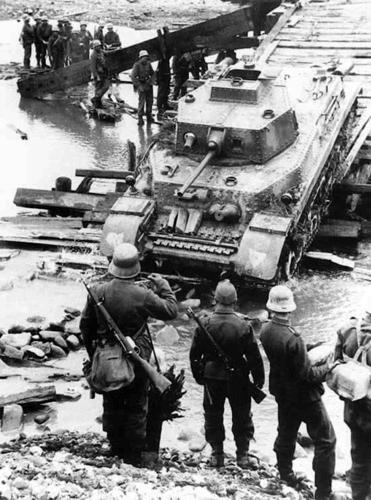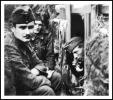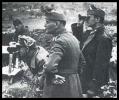
On what appears to be a partially destroyed bridge, a Hungarian Turan I medium tank is making a successful crossing while soldiers assist or look on, this all taking place in eastern Poland during 1943-1944.
Érdekes képek - Kamovos 2010.11.25.


|
| Hungarian AA... |

|
| Hungarian AA... |

|
| Hungarian Field... |

|
| Blacksmiths at Work... |

|
| Magyar Infantry in... |

|
| Hot Hungarian Food... |

|
| Hungarian Danuvia 39... |

|
| Vaccinating Don Army... |

|
| Honved MG Position... |

|
| Letters from Hungary... |

|
| Field Kitchen, Don... |

|
| Damaged Russian... |

|
| Don Army, Muddy... |

|
| Second Hungarian... |

|
| Honved General... |

|
| Makeshift Don Front... |

|
| The Siege of... |

|
| Hungarian Cavalry,... |

|
| Hungarian Turan I... |

|
| Honved Traffic at... |

|
| Anti-tank Artillery... |